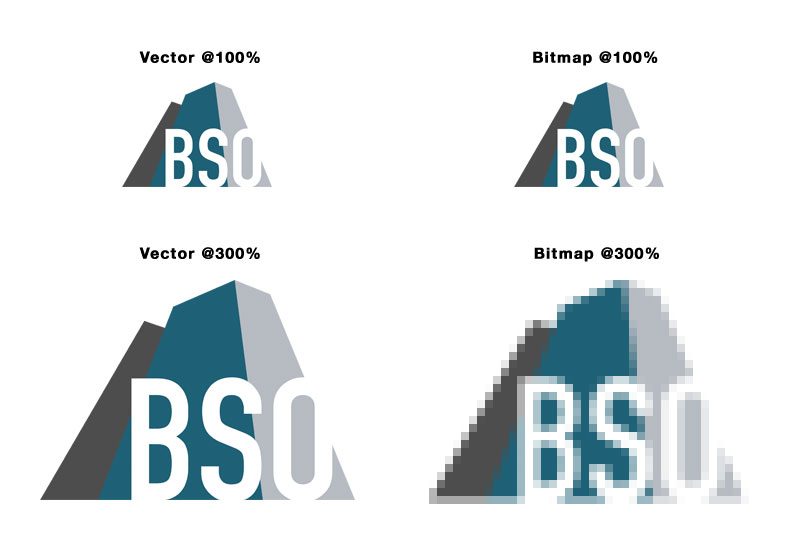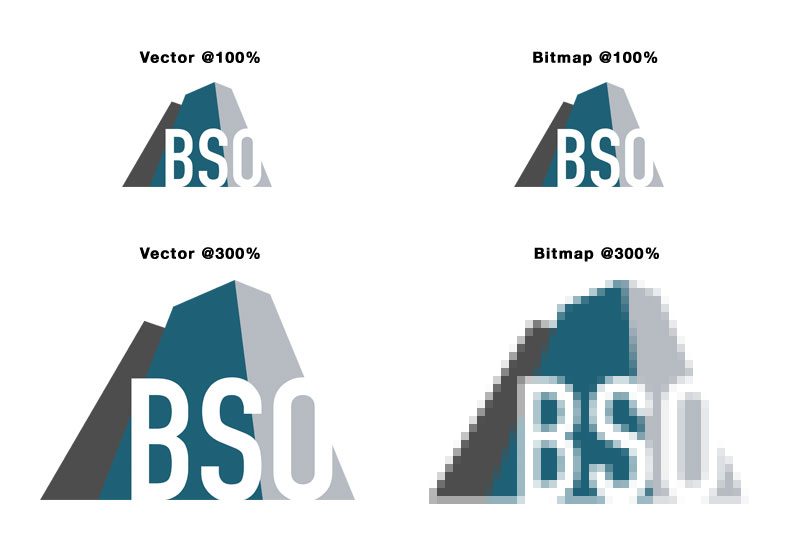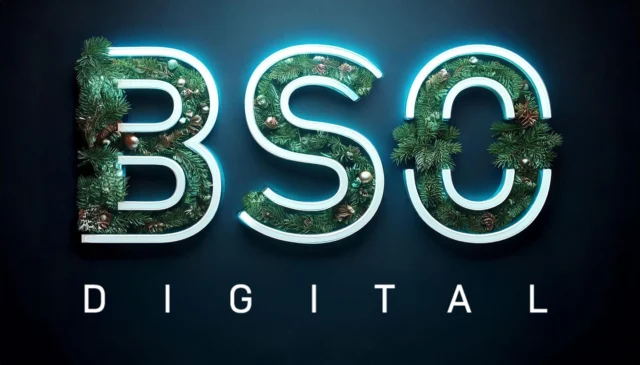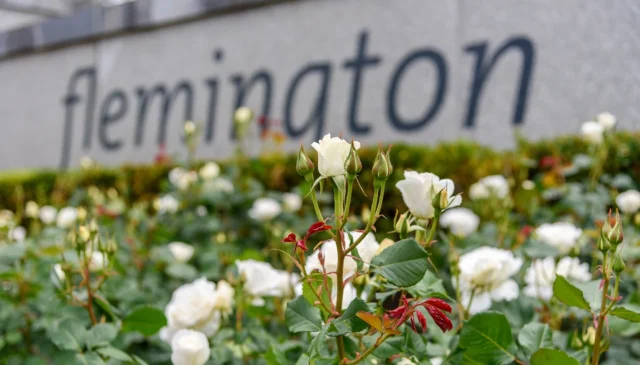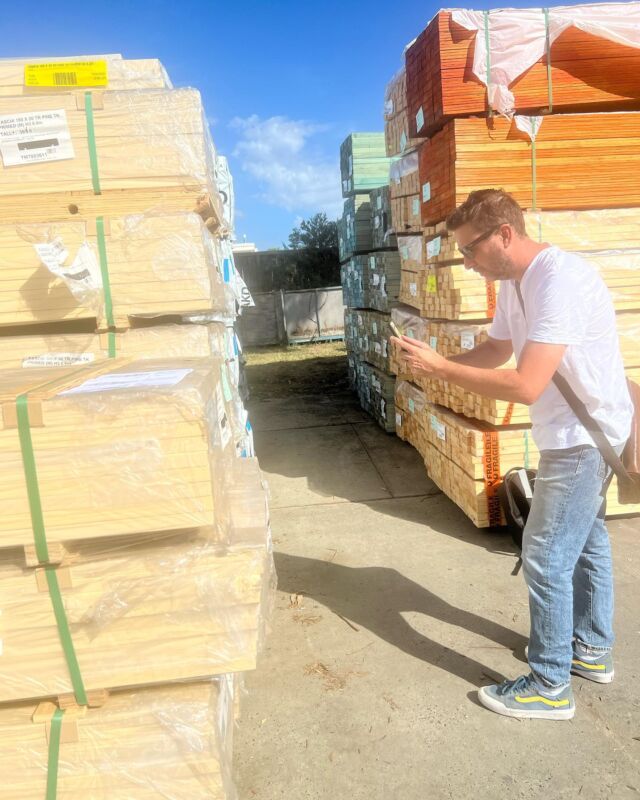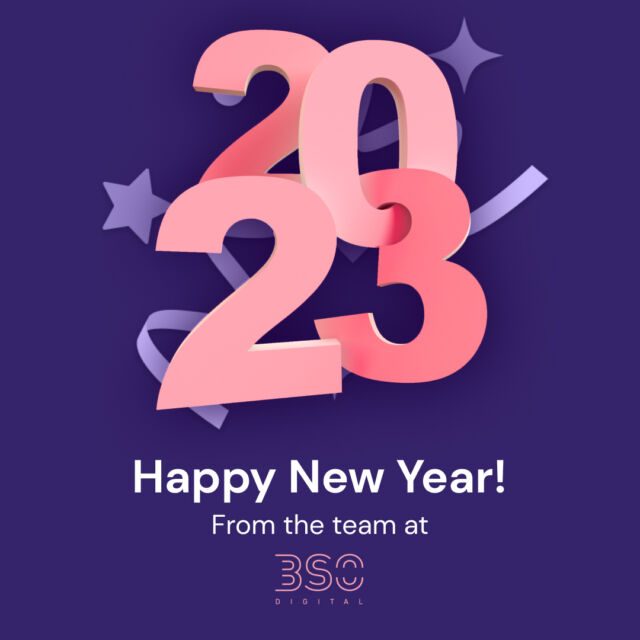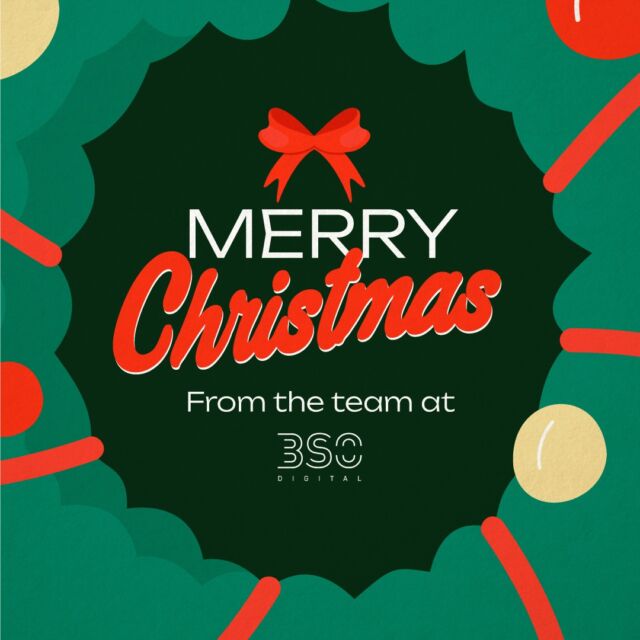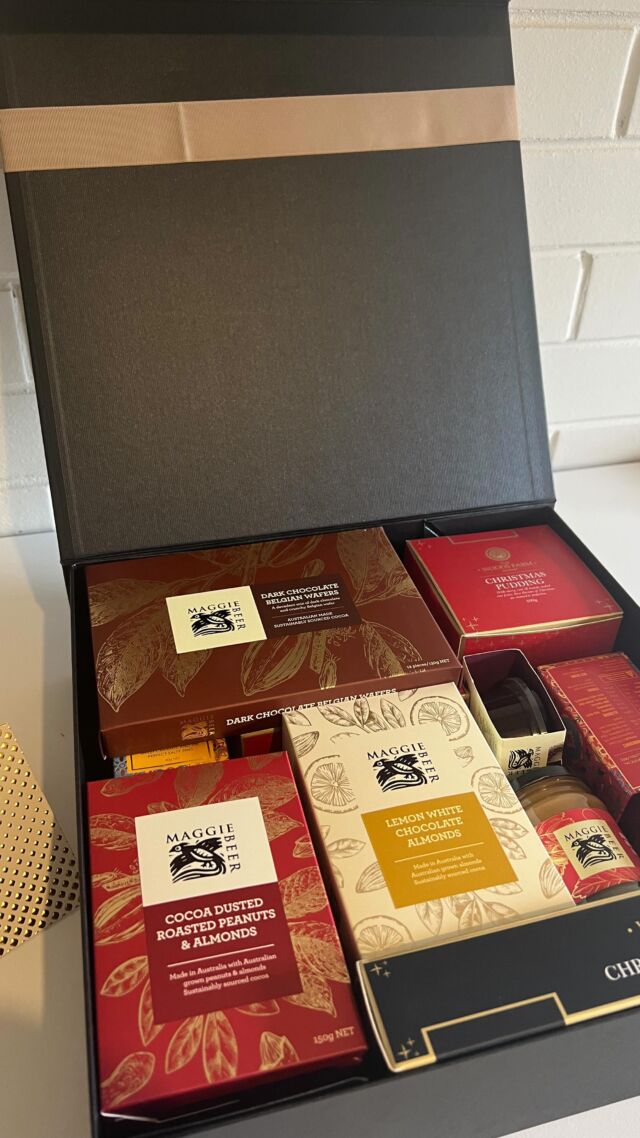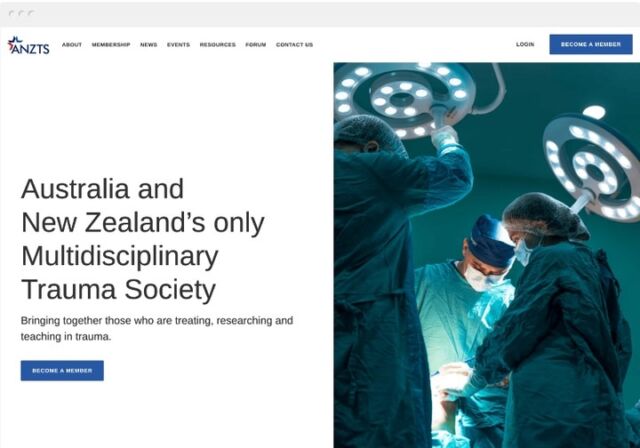Noosa Holiday Accommodation recently approached BSO Digital for help with their logo. Their original logo was created in Bitmap format, making it difficult for them to rescale the logo for new advertising. Our talented in-house graphic designer recreated their logo in Vector form, allowing it to be scaled infinitesimally. You can see the new, sharp logo in action below.
But that leads to the common question – what is the difference between a Vector image and a Bitmap image?
There is a big difference between Vector images and Bitmap images that affects how your image can be used. It is an important difference to know but one that can be difficult to understand.
Bitmap files generally consist of digital pictures – such as photographs taken with a digital camera or Smartphone – and scanned images. They also include images made in digital “painting” programs like Photoshop. Vectors, on the other hand, are images created specifically in programs like Illustrator. In general Bitmap is used for photorealistic images while Vector is used for precise work like logos and signage.
Bitmap Images
Bitmap images made up of tiny squares of colour called “bits” the smallest piece of data your computer can use, also known as pixels. Pixels are arranged in grids of different colours, creating your final image. Pixels are so tiny that our eye cannot perceive them unless we over-enlarge the image or zoom in. As such, Bitmap is one of the best formats for photos and photo-realistic images.
Another reason why Bitmap is best for photorealistic pieces is its ability to render pixels of hundreds of different colours, allowing natural, gradual gradients.
Bitmap, however, is resolution dependant, meaning it is impossible to resize the image without losing quality. This is because Bitmap relies on the number of pixels-per-inch (ppi) the image uses and you need to scale your image up accordingly when created.
For example: The average, minimum print size is 300ppi and you have a logo you want printed at 5 inches square. You would need to create your image at 1500 x 15000 pixels for it to be resized to 5 inches. This also means that Bitmap images eat up a lot of hard drive space due to the size of their files.
Resizing Bitmap images larger or smaller than its original size without taking ppi into account means you will have issues with extrapolation and interpolation. When you make the image smaller, the computer will randomly remove pixels, reducing the quality of the image, and will ultimately make it blurry. When you make the image bigger, the computer must add pixels in, making guesses as to what colours to add to those pixels and the image becomes strangely blocky looking.
Vector Images
Conversely, vector images are graphics defined by mathematical definitions called Bezier curves. The curves are lines made up and connected by control points. As such Vector images are already smaller file sizes as they only take data from the curves.
These Bezier curves create objects, rather than “painting” an image like Bitmap graphics, allowing them to scale the objects bigger and smaller without loss of quality. This is because Vectors rely on a mathematical equation which means the formula can easily be scaled up and down. This is also known as being resolution independent or device independent. So when an artist or designer uses Vectors they are making an “eye object” and a “mouth object”.
Vectors, however, use objects to make each separate colour. This means a true Vector cannot have gradients. A Vector that does have gradients would actually be using Bitmap elements and would not be a true Vector. This means its ability to scale would be compromised, too. As such, most Vectors are made from flat colours.
Vectors are best for a variety of applications including logos, signs, printing, and other graphics that require infinitesimal scalability.
So Which Should We Use?
At the end of the day, your choice of Bitmap over Vector, and vice-versa, depends on your application. If you are looking to create photorealistic pieces, edit photographs and etc, then Bitmap would be the best option. But for logos, technical and illustrative pieces it is often better to go with a Vector image. If you have a photorealistic logo or image that is important to your brand it is still a good idea to have a simplified Vector version.
If you have a logo that needs to be reworked, like Noosa Holiday Accommodation, contact us today for a quote!
